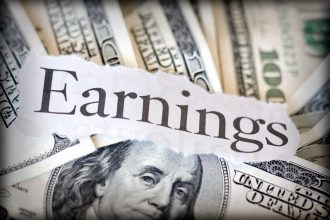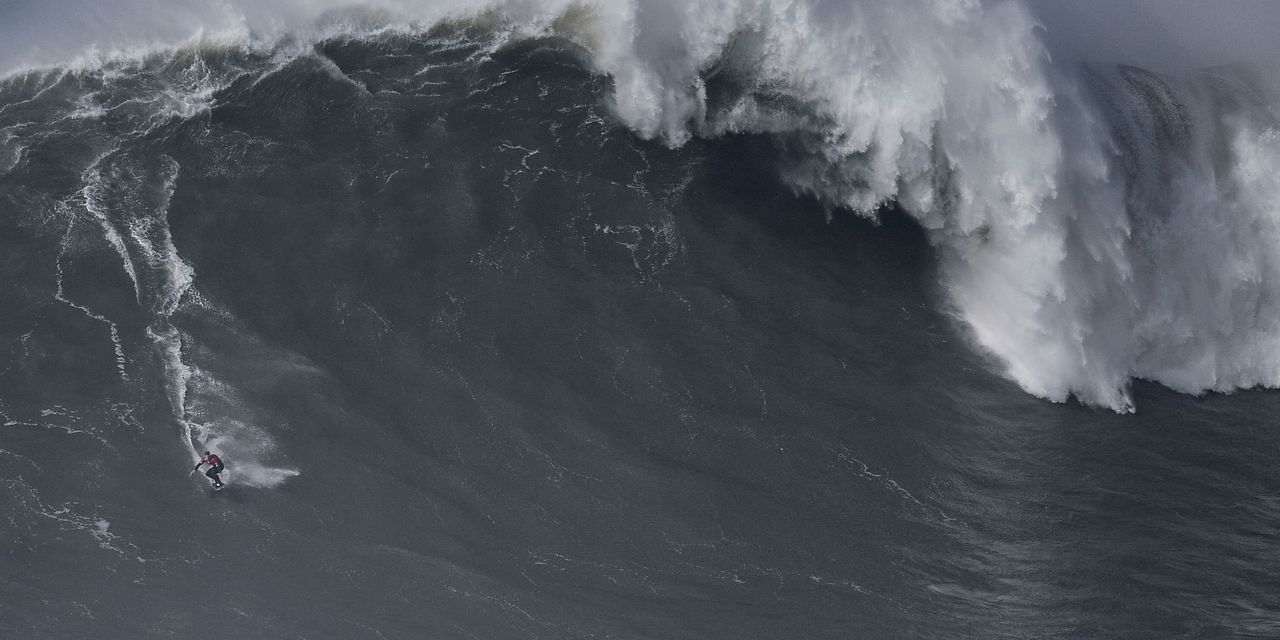“ A debate over a long-anticipated recession that hasn’t arrived. ”
The conventional thinking about the U.S. economic and stock market recovery from the 2020 lows as the start of an economic and market cycle is misguided. It has led to a debate over a long-anticipated recession that hasn’t arrived.
Instead, this is an elongated cycle because of the unusual policy response to the COVID pandemic. When the pandemic came out of nowhere in 2020, the global economy came to a sudden stop. China took the unprecedented step of shutting down its economy and the ripple effects were felt worldwide. Airlines stopped flying. Cruise ships stopped sailing. Restaurant sales plummeted and so did services employment.
The human costs didn’t stop there. There was no cure or treatment for COVID. Medical practitioners followed the SARS playbook of quarantine, isolation, keeping the patient comfortable and hoping for the best.
Had global authorities not acted, the sudden economic halt would have amounted to a slowdown of Great Depression proportions. Instead, we saw an unprecedented level of fiscal and monetary stimulus. While the programs could have been better designed with full hindsight, it was imperfect battlefield surgery designed to keep the patient alive.
The global economy is now paying the price of those stimulus programs in the form of unwelcome inflation. A better framework for analyzing the current cycle isn’t to view the recovery from 2020 as part of a cycle, but to see the start of the pandemic, recovery and monetary tightening as an unusual elongated cycle.
History doesn’t repeat, but it rhymes. The closest analogy for current circumstances is the double-dip U.S. recession in the early 1980s. Then, the 2-year Treasury yield
TMUBMUSD02Y,
which is a proxy for rate expectations, first peaked in early 1980 and dipped. It was followed by monetary tightening that began later that year and ended with painfully high interest rates that wrung inflationary expectations out of the system.
The U.S. stock market experienced an initial dip in early 1980, rallied and topped in 1981. The bear market didn’t end until August 1982, when the Mexican peso crisis caused the U.S. Federal Reserve to relent and ease. Investors at that time were afforded the opportunity to buy the market at a single-digit P/E and the August 1982 bottom turned out to be a generational low.
The 2020–2023 cycle
Fast forward 40 years. The U.S. government and the Fed eased dramatically in the wake of the pandemic. The stock market fell but recovered, but the massive stimulus brought an acceleration of inflation. The Fed responded with an aggressive tightening.
While headline inflation has subsided, core inflation, whether measured using CPI or PCE, has been stubbornly sticky. Sticky inflation is a trend that was observed around the world.
That said, the progress on the inflation fight might be better than expected. Much of the stickiness in inflation rates can be attributed to the shelter component, which is a lagging indicator. Core sticky-price CPI less shelter has been coming down, which is a positive sign. Yet Fed Chair Jerome Powell stated at the June FOMC press conference that the risks to inflation are to the upside. Moreover, core inflation has been flat, indicating that the Fed is focused on core inflation as a key metric over leading indicators such as core sticky CPI less shelter.
“ Needless to say, the Fed’s job isn’t done yet. ”
The Fed is also focused on its super-core inflation indicator, which is composed mostly of wages. The Atlanta Fed’s wage growth tracker shows the picture of a hot labour market. Median wage growth is moderating but it’s still very high at 6.3%. Job switchers are receiving raises of an astounding 7.5%, though the JOLTS report shows that quits are falling, which should lessen the overall effects of job switching.
Needless to say, the Fed’s job isn’t done yet. Current market expectations call for one more quarter-point rate hike in the Fed Funds rate at the July meeting, and no rate cuts until early 2024.
The soft landing mirage
The Fed’s main challenge is getting inflation down to 2%, or near 2%. Monetary policy is a blunt tool, and it’s virtually certain to induce a recession. Even though the FOMC’s official view is to navigate the economy to a soft landing, in the history of 13 rate-hike cycles since 1955, there have only been three soft landings. In all probability, the current hiking cycle isn’t complete yet.
The “soft landing” narrative promoted by stock bulls doesn’t make sense. Earnings estimates are starting to rise again, but if growth were to revive it would add to inflationary pressures in an environment of elevated inflation. The Fed’s reaction would be to tighten further. That’s equity bullish?
The tightening cycle is global and we are seeing its effects. Investors have become overly myopic about the nature of the latest economic cycle, which should be viewed as an elongated recovery from the 2020 pandemic that’s likely to lead to a double-dip recession in the manner of 1980–1982.
Cam Hui writes the investment blog Humble Student of the Markets, where this article first appeared. He is a former equity portfolio manager and sell-side analyst.
More: Powell tells Congress to expect higher interest rates
Also read: Economist who anticipated bank failures this spring says U.S. recession may be just around the corner
Read the full article here




